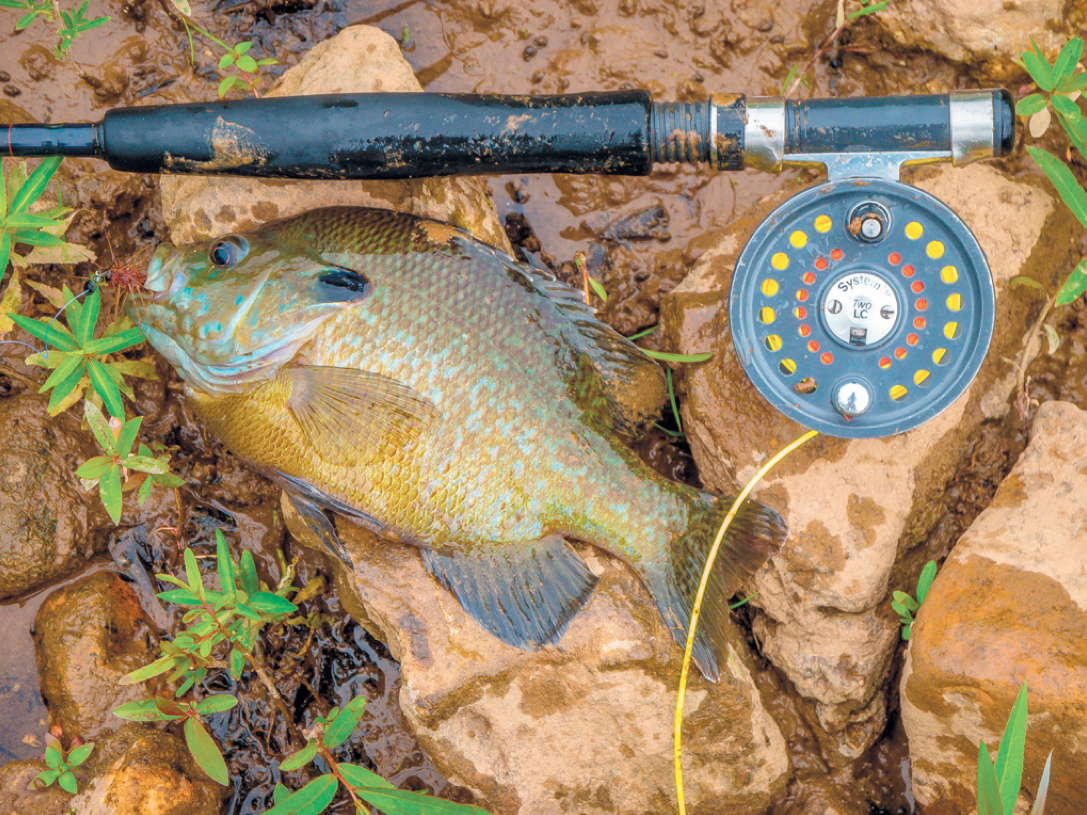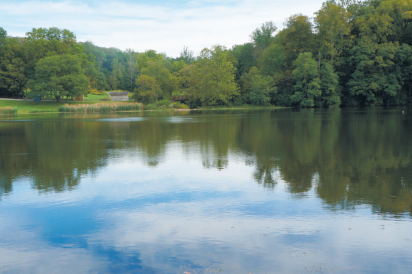Top 5 Bluegill Fishing Tips
Bluegill are know to be one of the tastiest Indiana fish. They're fun to catch and a nice mild fish to eat. But what if you don't know how to start the process of catching these delicious creatures? Here we've listed some simple bluegill fishing tips for those of you that would like to catch some tasty dinner.
Tip 1: Location, Location, Location!
Just like with real estate fishing is all about being in the right location. You're not to going to catch any fish if they're not there. . . .right? So, where to go? Bluegill prefer clear, slow moving water where the sun is shining. If you happen to catch them during spawning season (spring and early summer), they will be bedding near the shoreline, preferring small gravel or sand bottoms. They can be found in lakes, ponds, rivers, and streams throughout Indiana. If you're fishing outside of spawning season, bluegill like cover such as aquatic plants, logs, or woody debris. Need to find a place to fish near you? Visit: IN.gov/dnr/fishwild/3591.htm.
Tip 2: Get them to bite!
Once you've found a good spot, you'll need to know what to use to actually get those bluegill to bite. I prefer live bait such as wax worms or night crawlers but many people prefer crickets. Remember your bait needs to be alive to attract the fish. . . .dead bait is no good. Some people like to use lures like spinnerbaits or tube jigs but live bait is cheap, easy and usually pretty effective. You'll need a small hook, such as a 6 or 8 as bluegill have small mouths. I often use a wet fly and a wax worm during spawning season and let it slowly drift to the bottom near their bedding location. . . .works every time (ok well almost).
Tip 3: What you need
The good thing about bluegill or panfish fishing in general is you don't need any super expensive or fancy equipment to be successful. A cane pole will work or just a simple kids fishing pole featuring their favorite cartoon character. To keep this simple, a closed spin casting reel makes casting easy for beginners. You'll also need a sinker, a bobber, and some fishing line. These are all things you can pick up while shopping for groceries at your local big box store. How easy is that?
Tip 4: Land that fish
Ok, so you've got a fish on the line, your bobber is bobbing up and down and the fish has taken the bait. Now what? Don't under any circumstances panic and just start reeling or jerk the rod up quickly. You'll likely fling the fish out of the water and even at your fishing partner. . . .no one wants a bluegill in the face. Calm down… this is the fun part. You need to set the hook. So gently tug on the reel, quick and fast. This will ensure the hook is securely in the fish's mouth. Now, take your time reeling the fish in. They'll fight you, be sure to keep your line tight but let me fight a little bit, this is the most exciting part.
Tip 5: Let's Eat!
Congratulations, you've been successful. You've got a fish basket or bucket full of tasty bluegill. . . ..now what? It's time to clean your fish. What you'll need is a sharp knife and a bowl of water to throw your fillets in. . . .that's it. Be sure to rinse the fillets well after cleaning. If you don't want to eat them right away, I prefer to freeze them in plastic baggies. I place the fillets in the bags and cover with water then freeze. They are just as tasty later on.
Edible Indy and the Indiana Division of Fish and Wildlife have partnered to bring Edible Indy readers educational information on hunting, fishing, foraging and preparing wild game. Michelle Cain is the host of CookIN Gone Wild and she a Wildlife Information Specialist with the Indiana Division of Fish and Wildlife. Watch the homepage of edibleindy.com for CookIN Gone Wild videos, recipes and more.






